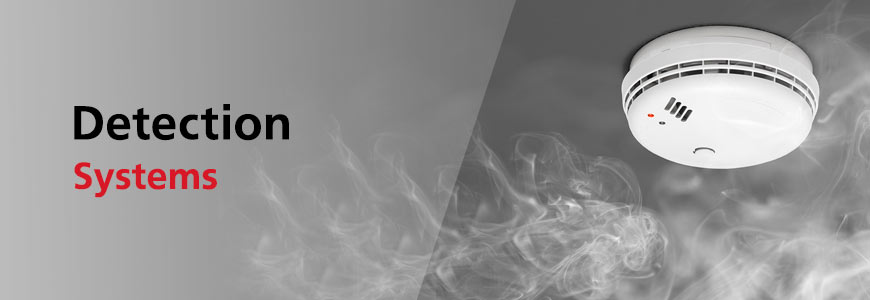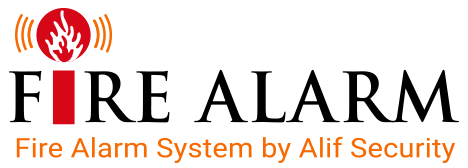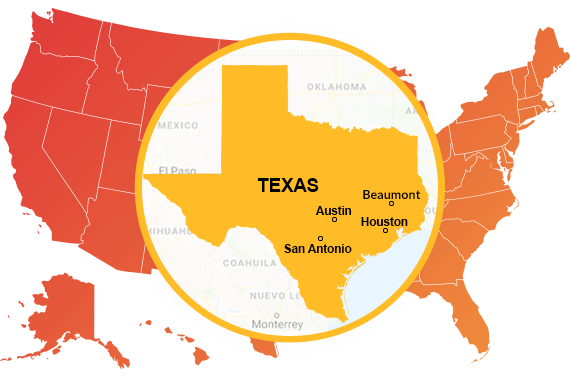Detection systems and carbon monoxide detector in Houston, TX and surrounding areas

Fire Alarm Houston provides detection systems and carbon monoxide detectors in Houston, TX and surrounding areas.
The System Sensor 1151 and 2151 are low-profile ionization and photoelectric, plug-in type smoke detector heads. They offer superb performance and reliability, meeting the stringent performance criteria designated by UL 268 and ULC, in a profile of just 1.66" (42mm).
Aesthetically pleasing to engineers, architects, building owners and homeowners, the 1151 and 2151 can be used with four different adapter bases in a variety of wiring configurations and voltages. Model 1151 (ionization sensor) and 2151 (photoelectric sensor) share the same sleek low-profile design. MS-9050UD 50-Point Intelligent Control.
If you are looking to contact the right company for Fire Alarm in the Houston, Texas Area; give us a call now at 832-626-7837 or fill out the online form for a free quote.
A heat detector is a device that detects heat and can be either electrical or mechanical in operation. The most common types are the thermocouple and the electro-pneumatic, both respond to changes in ambient temperature. Typically, if the ambient temperature rises above a predetermined threshold, then an alarm signal is triggered.
Heat detectors can also be further broken down into two main classifications, "rate-of-rise" and "fixed" or "rate compensated."
Carbon Monoxide Detectors:
Its innovative design, durable construction, and multiple mounting options make the BG-12 Series to simple install, maintain, and operate.
A carbon monoxide detector is a device that detects the presence of the toxic gas carbon monoxide (CO), a colorless and odorless compound produced by incomplete combustion and lethal at high levels.
If a high level of CO is detected, the device sounds an alarm, giving people in the area a chance to ventilate the area or safely leave the building. CO detectors do not serve as smoke detectors and vice versa.
However, dual smoke/CO detectors are also sold. Smoke detectors detect the smoke generated by flaming or smoldering fires, whereas CO detectors can alarm people about faulty fuel burning devices.Carbon monoxide is produced from incomplete combustion of fossil fuels.
In the home CO can be formed, for example, by open flames, space heaters, blocked chimneys or running a car inside a garage. When an alarm sounds, action must be taken immediately. This may include evacuating the premise if experiencing CO poisoning symptoms (confusion, headaches, nausea, dizziness, vomiting, etc), ventilation of the premises, and contacting professionals to inspect CO emitting sources.
If you suspect you have suffered CO poisoning, go outside immediately and call the emergency number. At high levels, breathing CO gas is fatal within minutes.
- Aldine
- Alvin
- Ames
- Anahuac
- Angleton
- Arcola
- Atascocita
- Austin
- Bacliff
- Bailey Prairie
- Barker
- Barrett
- Bay City
- Bayou Vista
- Baytown
- Beach City
- Beasley
- Beaumont
- Bellaire
- Boling
- Bonney
- Brazoria
- Brazos Country
- Brookshire
- Brookside Village
- Bunker Hill Village
- Channelview
- Cinco Ranch
- Clear Lake Shores
- Cleveland
- Cloverleaf
- Clute
- Conroe
- Corsicana
- Cove
- Crosby
- Cumings
- Cut And Shoot
- Cypress
- Damon
- Danbury
- Dayton
- Dayton Lakes
- Deer Park
- Dickinson
- East Bernard
- El Lago
- Fairchilds
- Fifth Street
- Fort Bend
- Four Corners
- Freeport
- Fresno
- Friendswood
- Fulshear
- Galena Park
- Galveston
- Greatwood
- Guy
- Hardin
- Harris
- Hedwig Village
- Hempstead
- Highlands
- Hillcrest
- Hilshire Village
- Hitchcock
- Hockley
- Holiday Lakes
- Houston
- Huffman
- Hufsmith
- Humble
- Hungerford
- Hunters Creek Village
- Huntsville
- Iago
- Iowa Colony
- Jacinto City
- Jamaica Beach
- Jersey Village
- Katy
- Kemah
- Kendleton
- Kenefick
- Kingwood
- La Marque
- La Porte
- Lake Jackson
- League City
- Liberty
- Liverpool
- Lorena
- Magnolia
- Manvel
- Meadows Place
- Mission Bend
- Missouri City
- Mont Belvieu
- Montgomery
- Morgans Point
- Nassau Bay
- Needville
- New Territory
- North Cleveland
- North Houston
- Oak Island
- Oak Ridge North
- Old River-Winfree
- Orange
- Orchard
- Panorama Village
- Pasadena
- Pattison
- Patton Village
- Pearland
- Pecan Grove
- Pine Island
- Pinehurst CDP
- Piney Point Village
- Pleak
- Plum Grove
- Port Arthur
- Porter
- Porter Heights
- Prairie View
- Richardson
- Richmond
- Richwood
- Roman Forest
- Rosenberg
- Rosharon
- San Antonio
- San Felipe
- San Leon
- Santa Fe
- Seabrook
- Sealy
- Sheldon
- Shenandoah
- Shoreacres
- Silsbee
- Simonton
- South Houston
- Southside Place
- Splendora
- Spring
- Stafford
- Stagecoach
- Sugar Land
- Taylor Lake Village
- Texas City
- The Woodlands
- Thompsons Alief
- Tiki Island
- Todd Mission
- Tomball
- Waller
- Wallis
- Webster
- West Columbia
- West University Place
- Weston Lakes
- Willis
- Woodbranch
- Woodloch



